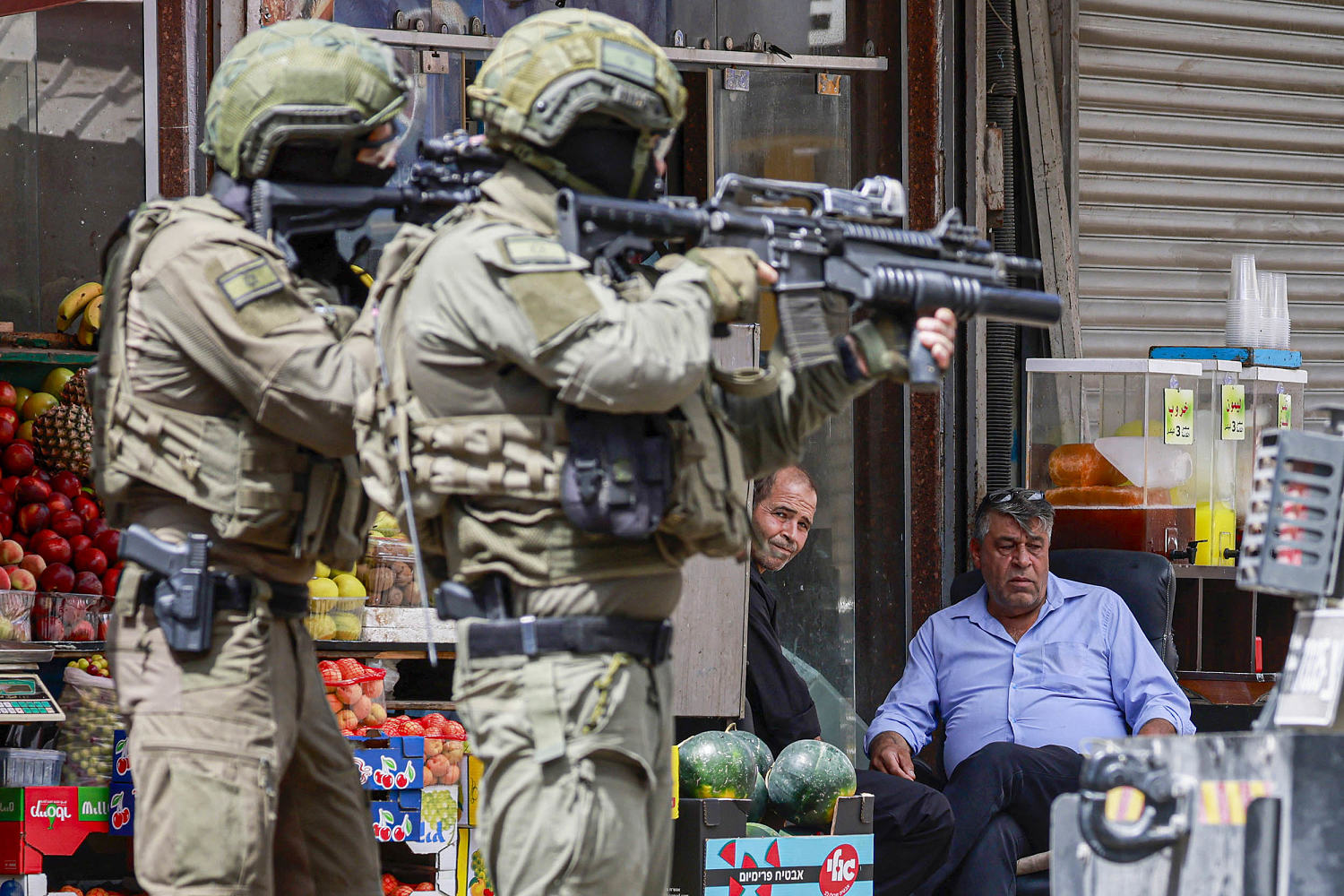
The top United Nations court ruled last year that Israel’s presence in the occupied Palestinian territories is unlawful and called on it to end, and for settlement construction to stop immediately. Israel denounced the non-binding opinion by a 15-judge panel of the International Court of Justice, saying the territories are part of the historic homeland of the Jewish people.
Israel withdrew its settlements from the Gaza Strip in 2005, but leading figures in the current government have called for them to be re-established and for much of the Palestinian population of the territory to be resettled elsewhere through what they describe as voluntary emigration.
Palestinians view such plans as a blueprint for their forcible expulsion from their homeland, and experts say the plans would most likely violate international law.
Israel now controls more than 70% of Gaza, according to Yaakov Garb, a professor of environmental studies at Ben Gurion University, who has examined Israeli-Palestinian land use patterns for decades.
The area includes buffer zones along the border with Israel as well as the southern city of Rafah, which is now mostly uninhabited, and other large areas that Israel has ordered to be evacuated.
The war began with Hamas’ Oct. 7 attack, in which militants stormed into Israel, killing some 1,200 people, mostly civilians, and abducting 251. Hamas still holds 58 hostages, around a third of them alive, after most of the rest were released in ceasefire agreements. Israeli forces have rescued eight and recovered dozens of bodies.
Israel’s retaliatory offensive has killed over 54,000 Palestinians, mostly women and children, according to Gaza’s Health Ministry, which does not say how many of the dead were civilians or combatants.





